Students First

IN A FLASH: Scenes From Fall Commencement
Kent State University conferred degrees to more than 2,400 new graduates in Fall Commencement ceremonies on Dec. 13 at the Memorial Athletic and Convocation Center.
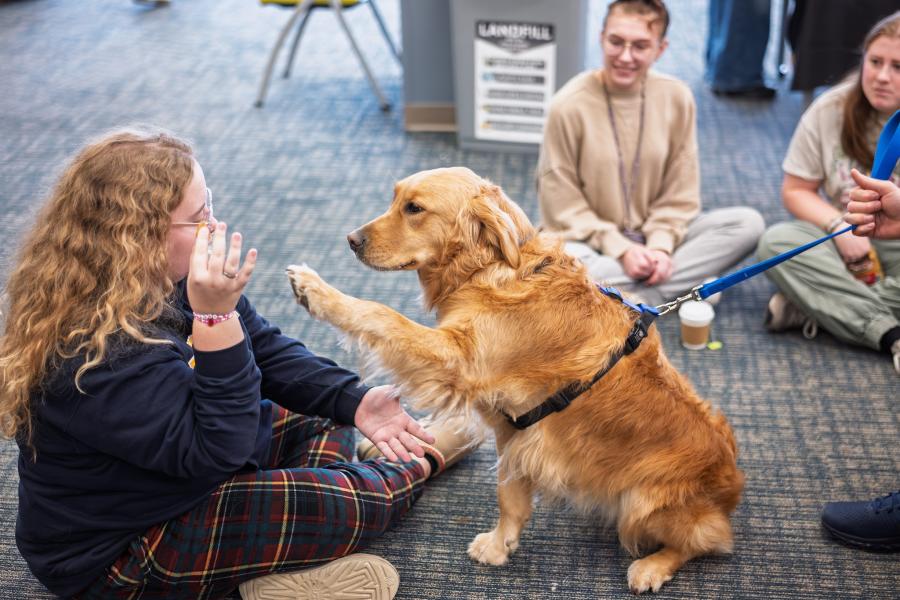
IN A FLASH: De-stressing with Dogs
Dogs plus snacks plus craft activities has been a proven formula for reducing student stress during finals week.
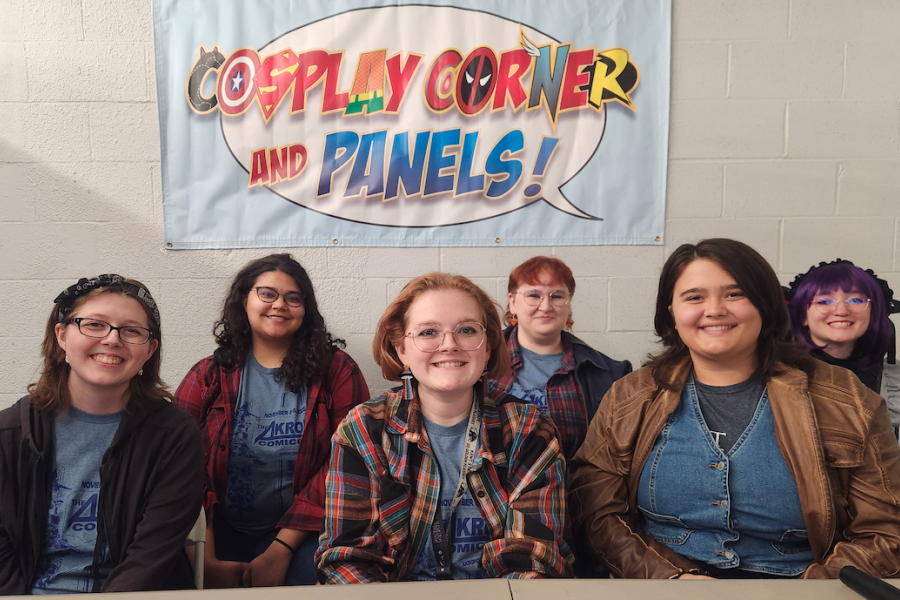
Taking Their Stories From Concept to ComicCon
Last summer, 12 Kent State students in the university's Visual Communication Design program worked with Route Eight Studios to learn about the real-world challenges artists face in creating comic books. "Flash Fiction" is the result - an anthology of stories written and illustrated by students creators.

Unsung Heroes Abound at Kent State University
Perhaps the best word to sum up Brianna Benson’s role at Kent State University is “caretaker.”
Cheers to the Fall Class of 2025: Kent State Celebrates New Graduates
The accomplishments of the Fall Class of 2025 were recognized with commencement ceremonies on Dec. 13.
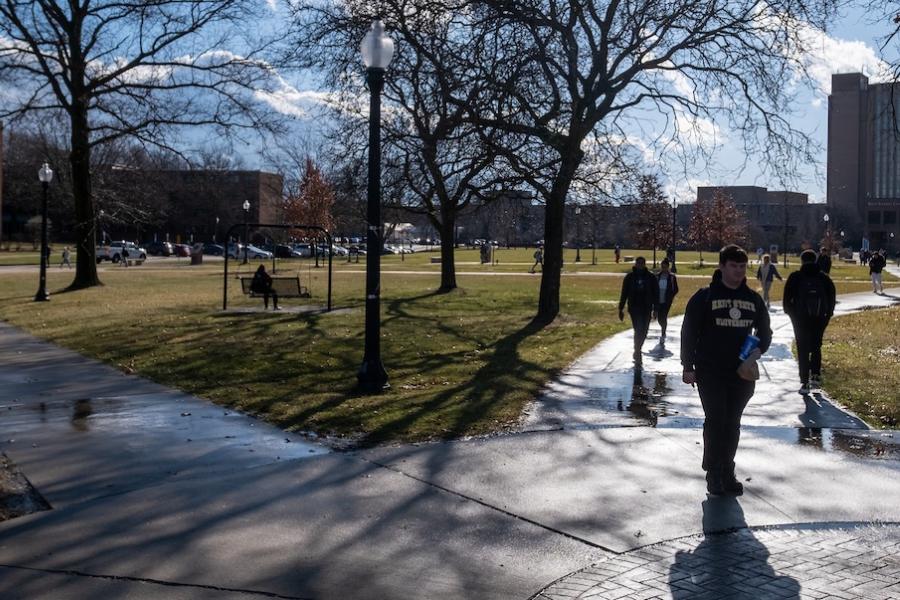
Hacking Finals Week
Between research papers, exams and group projects, Kent State students are heading into one of the most stressful times of the semester: finals week. Here are the best tips to stay ahead and finish the semester stress-free.
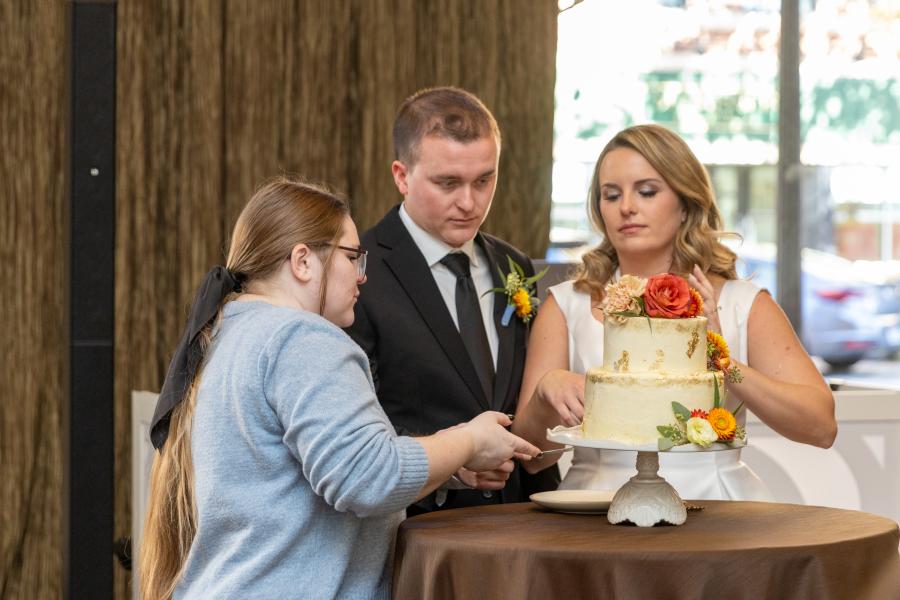
Everything BUT the Wedding
Students in Kent State's Wedding and Special Events Protocol class worked with each other and with vendors to plan and coordinate all the elements of a (mock) rooftop wedding with a real, engaged couple at the Kent State University Hotel and Conference Center.
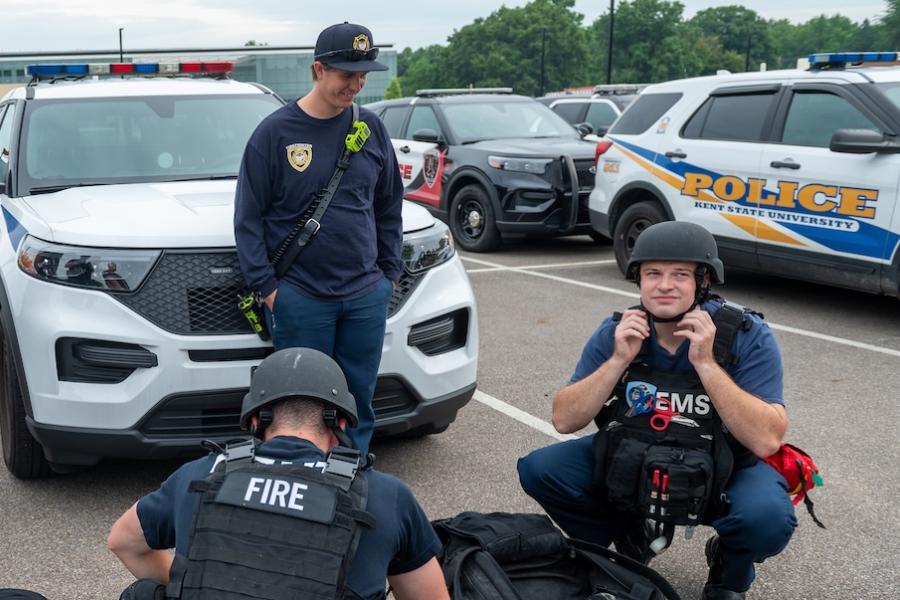
University Earns Recognition for Relationships and Emergency Preparedness
A new recognition program launched by the Portage County Emergency Management Agency spotlights organizations demonstrating exceptional commitment to emergency management, readiness and community safety. Kent State University has been named the inaugural honoree of the Portage Preparedness Initiative
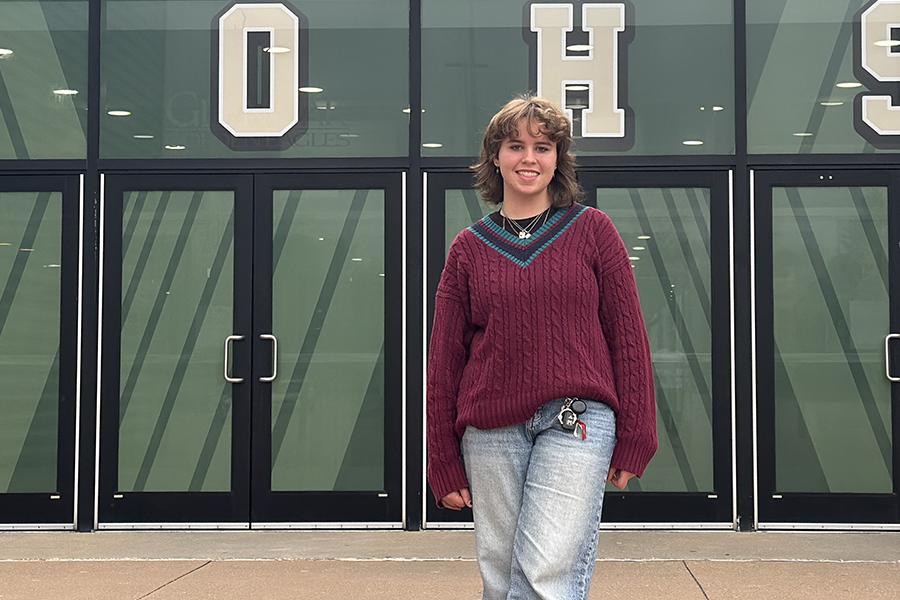
College Credit Plus Student Takes Calculated Approach to the Future
Without a doubt, Elizabeth Sowa is the definition of high achiever. Currently a junior at Glen Oak High School, they earned a first-place award this past summer at the Kent State Summer Undergraduate Research Experience (SURE) competition as a College Credit Plus student through the Stark Campus.

Serendipitous Encounter Leads to International Opportunity for Kent State Architecture Student
A lecture series in the College of Architecture and Environmental Design changed the trajectory of Kent State senior Georgia Coulter's college experience, allowing her to study abroad with Frank Barkow, an educator, researcher and architect.